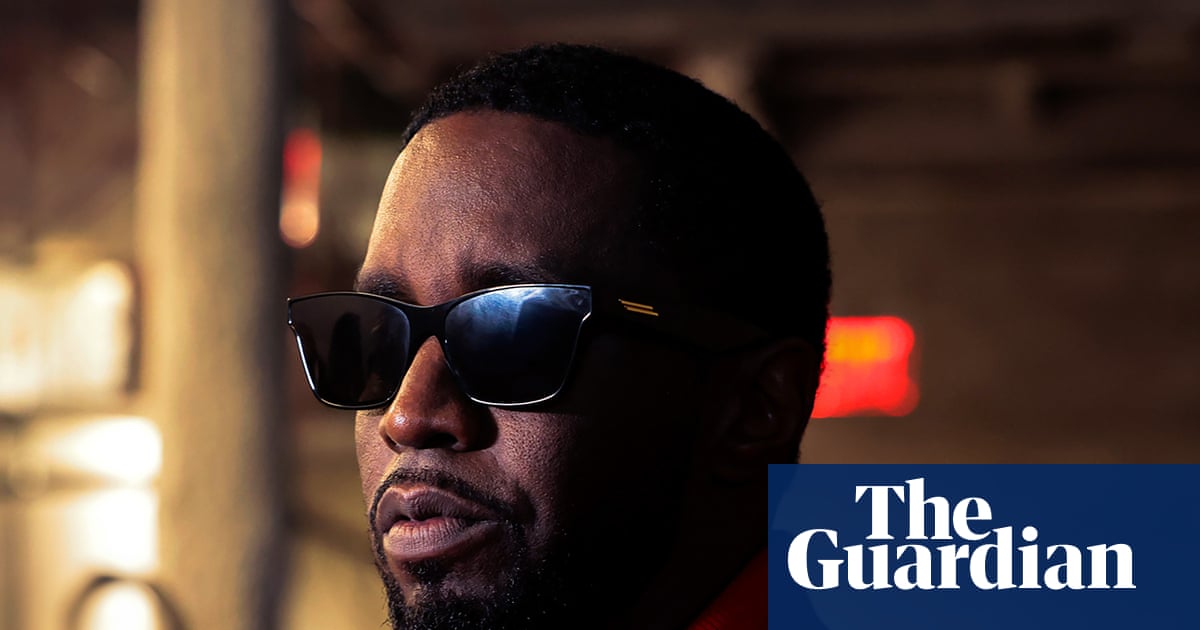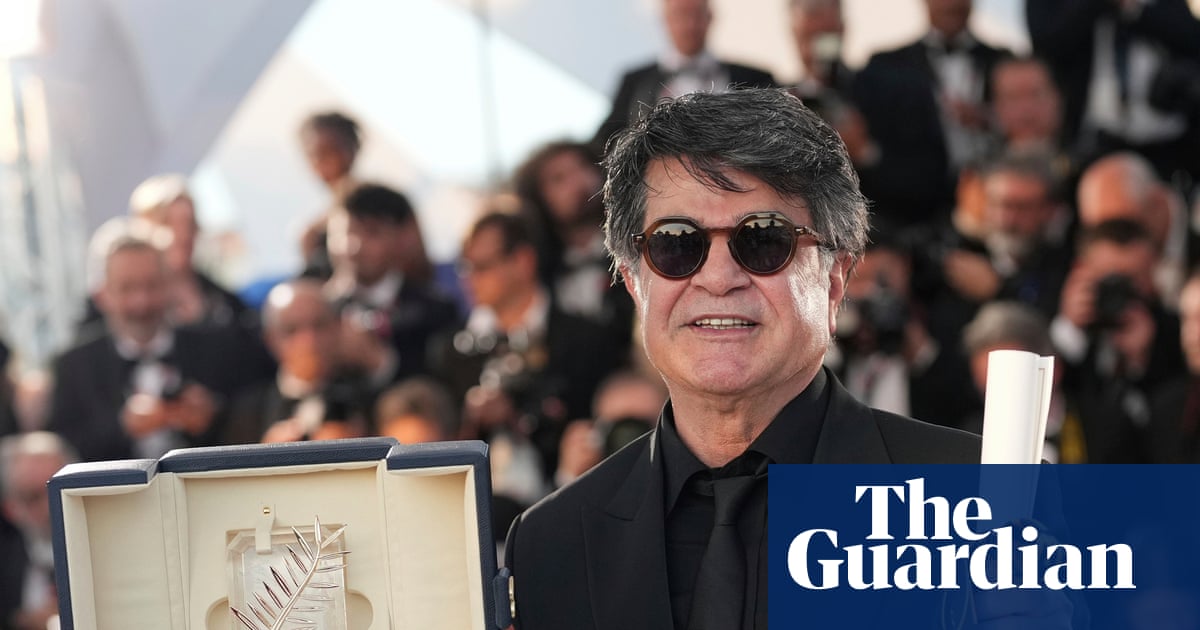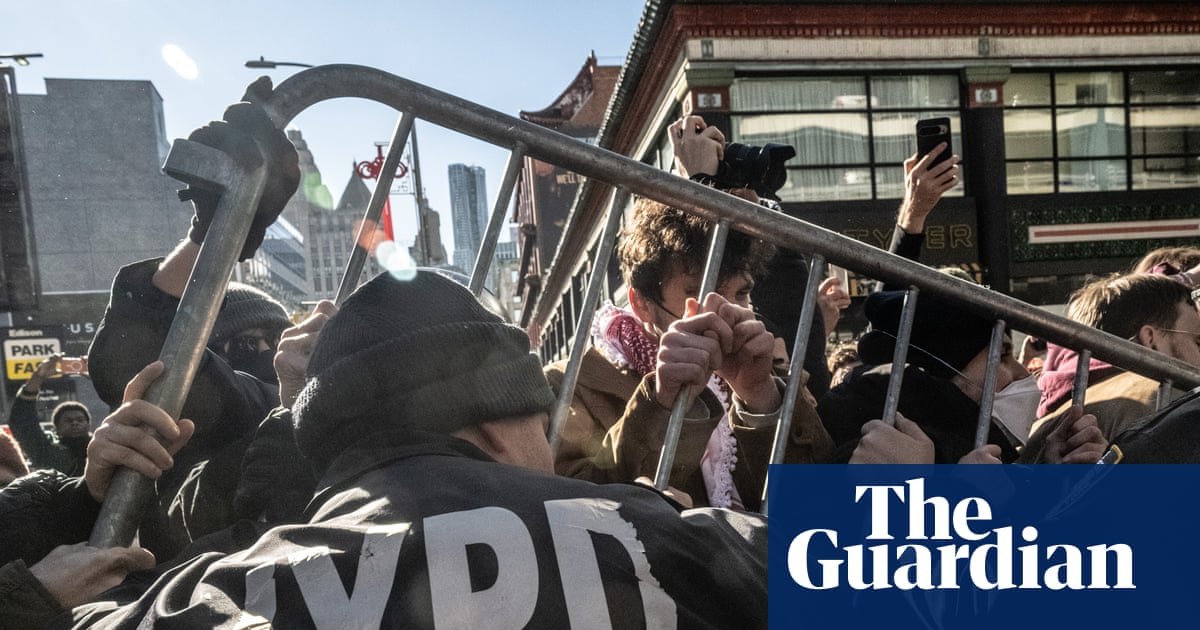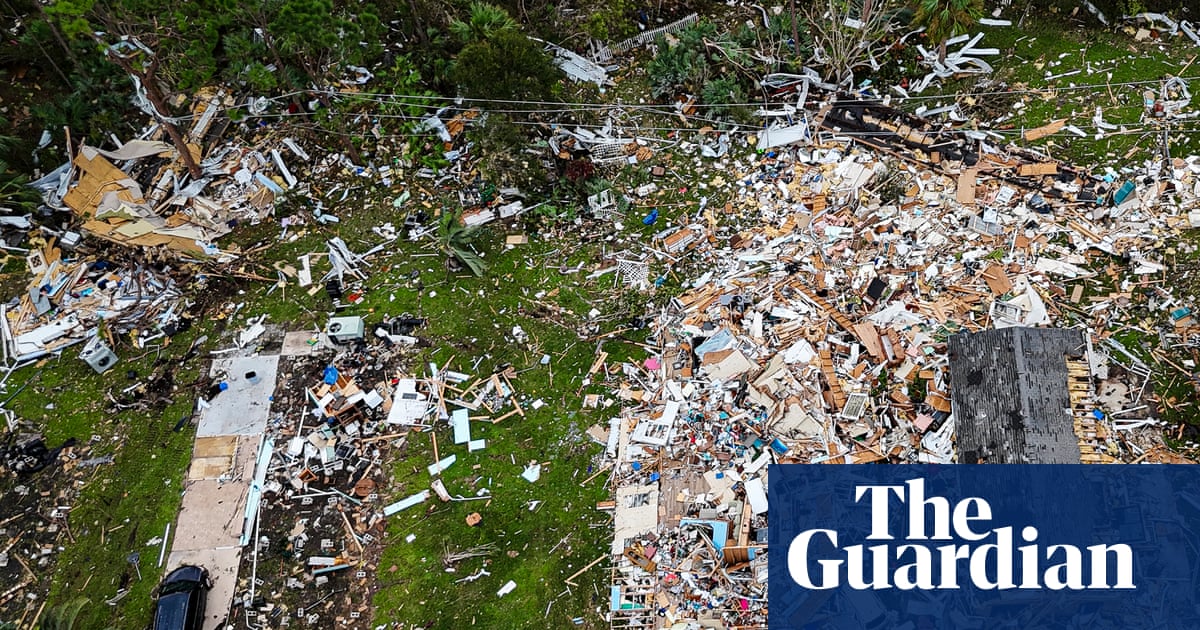South Korea has said it will begin deploying its largest ballistic missile yet at the end of the year – a projectile known as the “monster missile” by local media – marking a significant upgrade of its conventional arsenal as tensions rise with nuclear-armed North Korea.
Defence minister Ahn Gyu-back recently told Yonhap News that South Korea must build a “considerable” number of the Hyunmoo-5 missiles in order to “achieve a balance of terror” in the face of the threat posed by the North, and that a next-generation missile with even greater power is needed.
The Hyunmoo-5 has been presented domestically as an answer to growing calls for a nuclear deterrent. South Korea is a signatory to the Nuclear Non-Proliferation Treaty and the Hyunmoo-5 is a conventional missile.
What is the Hyunmoo-5 'monster missile'?
The Hyunmoo-5 is a ballistic missile weighing about 36 tonnes that can reportedly carry an eight-tonne warhead. It carries a “bunker buster” warhead, potentially able to reach deep underground to destroy heavily fortified bunkers where North Korean leaders might shelter in a conflict. It is understood to be about 16 metres long, and is designed as a surface-to-surface missile, capable of being launched from a mobile platform. Its range is said to vary from 600km to more than 5,000km, depending on payload.
An official at the defence ministry told the Guardian that specific technical details and delivery timeline could not be confirmed for national security reasons.
Why has the missile been developed?
The idea for the missile was first conceived after a series of deadly attacks by North Korea in 2010 – the sinking of the Cheonan warship and bombardment of Yeonpyeong island – which killed 50 South Koreans.
South Korea relies on the US “nuclear umbrella” and so does not possess nuclear weapons of its own. Dr Yang Uk, a defence expert at the Asan Institute for Policy Studies in Seoul, said: “We don’t have nuclear weapons, so the only defence we have is to develop the most powerful conventional weapons possible.”
However, development of the Hyunmoo-5 was blocked by US restrictions on South Korean missile payloads until 2017, when Donald Trump lifted those limits following North Korea’s hydrogen bomb test.
The scheduled deployment of the Hyunmoo-5 comes as North Korea unveiled its own new Hwasong-20 intercontinental ballistic missile at a recent military parade, potentially capable of striking the US mainland.
What does it mean for relations with North Korea?
The missile’s upcoming deployment comes against a backdrop of strained ties between the North and South. Pyongyang has snubbed Seoul since President Lee Jae Myung took office in June, despite Lee’s peace overtures.
Lee has also embraced self-reliant defence as a cornerstone of his presidency, reflecting South Korea’s broader strategic shift towards greater autonomy.
He has criticised what he calls the “submissive mindset” of those who believe South Korea cannot defend itself without foreign military support, even as the country maintains its security alliance with the United States.
South Korea is estimated to spend 1.4 times North Korea’s entire GDP on defence annually and ranks fifth globally in military strength. Arms exports have become one of the country’s fastest-growing industries since Russia’s invasion of Ukraine.
Speaking at Seoul’s ADEX arms fair this week, Lee pledged “larger-than-expected” defence spending to make South Korea the world’s fourth-largest defence industry powerhouse.
However, whether the Hyunmoo-5 will deter North Korean provocations or further escalate regional tensions remains unclear.
North Korea is likely to publicly dismiss conventional threats while asserting nuclear superiority. However, Dr Yang Uk at the Asan Institute believes the new capability should be worrying for Pyongyang’s leadership. “They will be, and should be, scared,” he said.

 1 month ago
29
1 month ago
29

















































